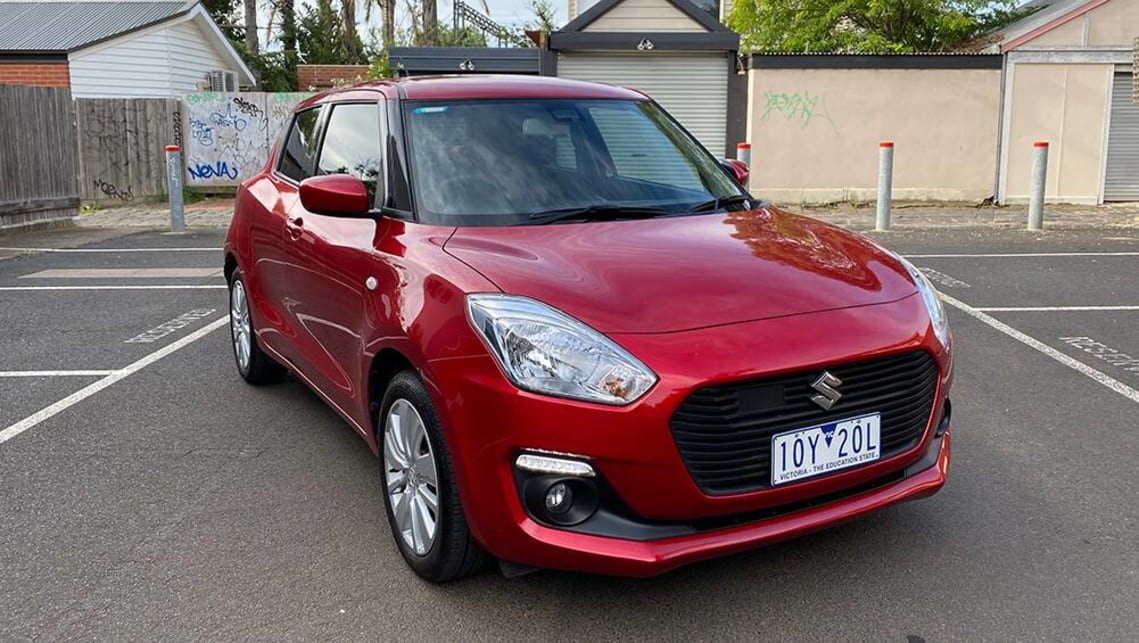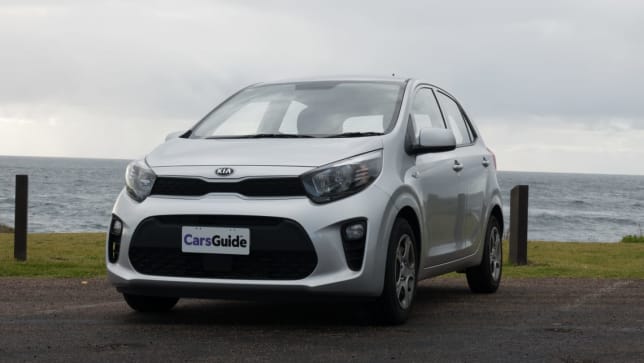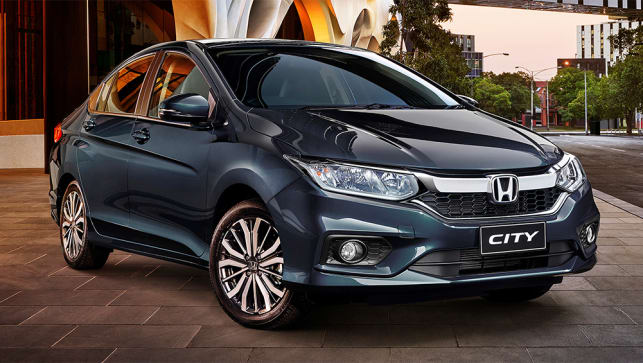
What is it: A tiny five-door city hatchback with Australian-tuned suspension and steering that help it blend on-road skills with a killer ownership package.
Price: The littlest Kia will cost you $14,390 for an S with a manual transmission, with driveaway deals pegged at $16,190 at the time of writing. That price may increase when the facelifted Kia Picanto arrives later in 2020.
Mechanics: A 1.25-litre petrol engine with 62kW/122Nm is what you get in the base model S, and it's paired with a five-speed manual gearbox. There’s a four-speed auto available, too, and it’ll add $1000 to the price. There’s a turbocharged GT model if that tickles your fancy, but don’t expect to get it for this sort of money.
Features: It all starts with the warranty - a seven-year/unlimited-kilometre ownership package that is still a leader in the industry. Meanwhile, a 7.0-inch touchscreen in the cabin is both Apple CarPlay- and Android Auto-equipped, so you can use the features of your smartphone (maps, podcasts etc) while driving. It’s easy to see why the Picanto has 80 per cent market share in the Micro Car segment, according to VFACTS! Finally, AEB is standard in the Picanto – impressive at this price point – but it doesn’t have pedestrian or cyclist detection like some updated rivals.
Pros: Apple CarPlay/Android Auto revolutionised the cheap-car cabin, strong ownership package
Cons: Feels like a city car when you hit the open road































Comments